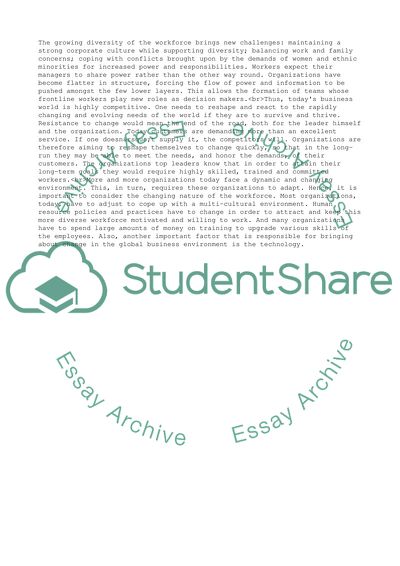Cite this document
(Change Management in Today's Bussiness Article Example | Topics and Well Written Essays - 3000 words, n.d.)
Change Management in Today's Bussiness Article Example | Topics and Well Written Essays - 3000 words. Retrieved from https://studentshare.org/management/1721474-change-management-failure-and-success
Change Management in Today's Bussiness Article Example | Topics and Well Written Essays - 3000 words. Retrieved from https://studentshare.org/management/1721474-change-management-failure-and-success
(Change Management in Today'S Bussiness Article Example | Topics and Well Written Essays - 3000 Words)
Change Management in Today'S Bussiness Article Example | Topics and Well Written Essays - 3000 Words. https://studentshare.org/management/1721474-change-management-failure-and-success.
Change Management in Today'S Bussiness Article Example | Topics and Well Written Essays - 3000 Words. https://studentshare.org/management/1721474-change-management-failure-and-success.
“Change Management in Today'S Bussiness Article Example | Topics and Well Written Essays - 3000 Words”, n.d. https://studentshare.org/management/1721474-change-management-failure-and-success.


